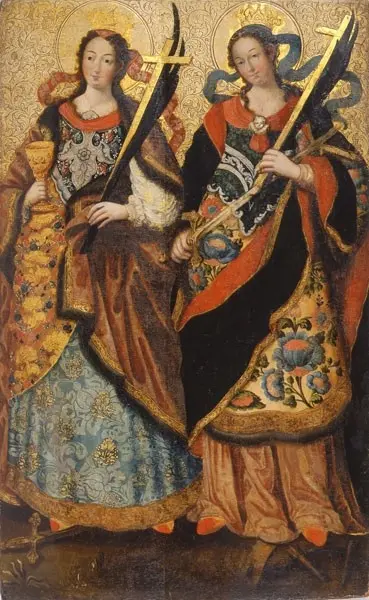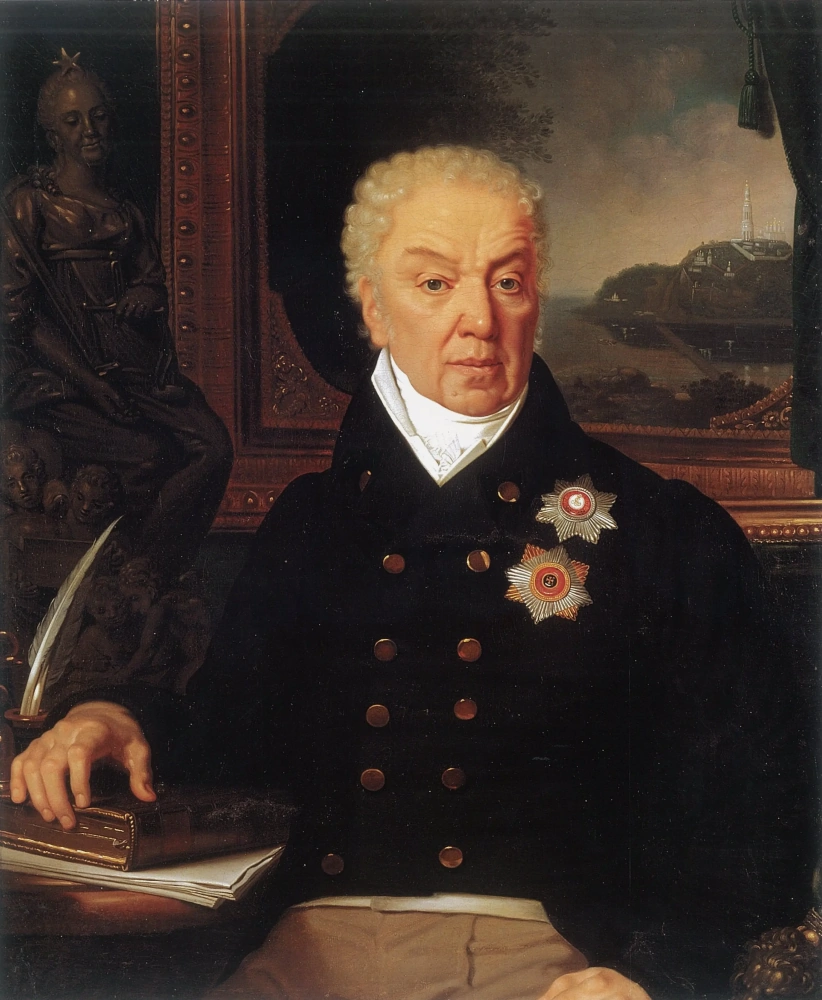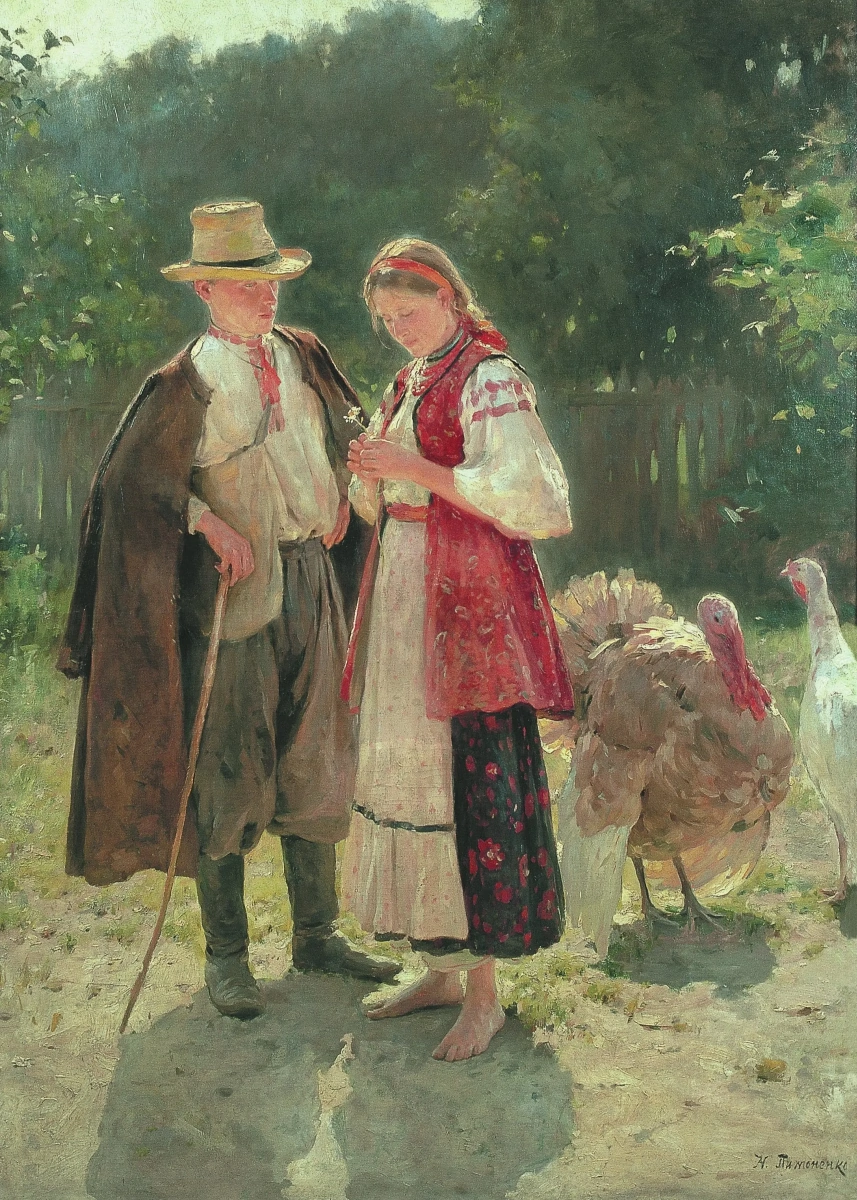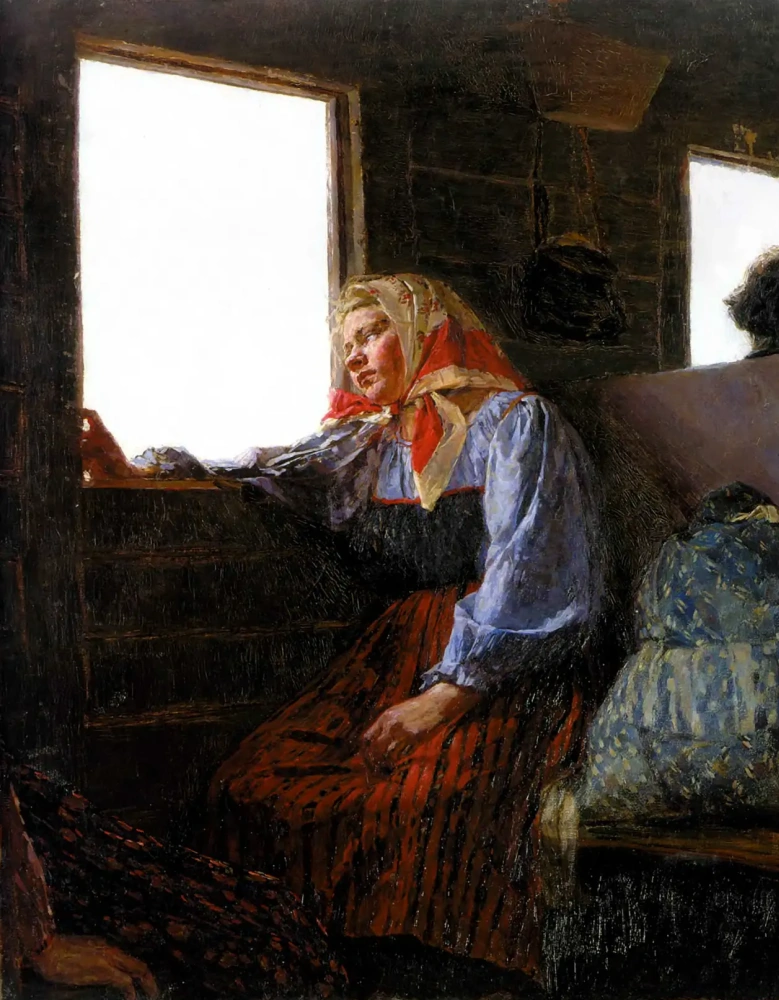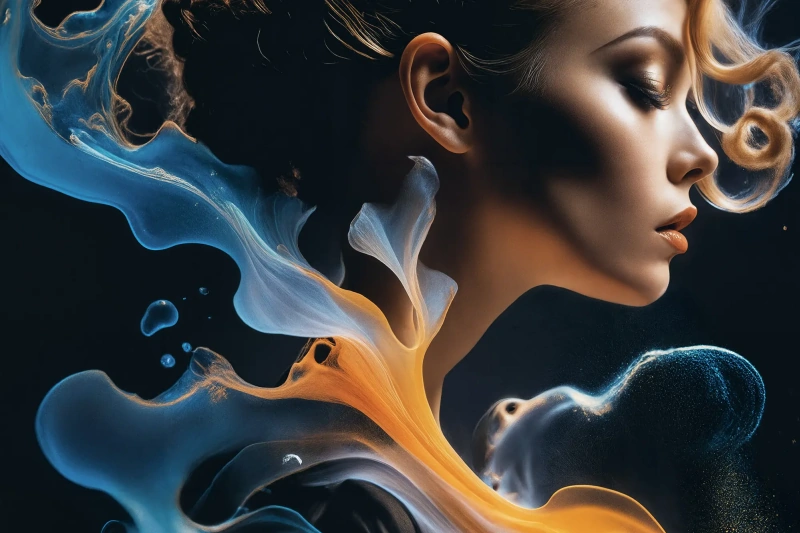The National Art Museum of Ukraine is a unique treasury of cultural values of Ukrainian art. The collection of the museum has more than 40,000 exhibits, including masterpieces of Ukrainian painting, sculpture and graphics from the times of ancient Ruthenia to the present day.
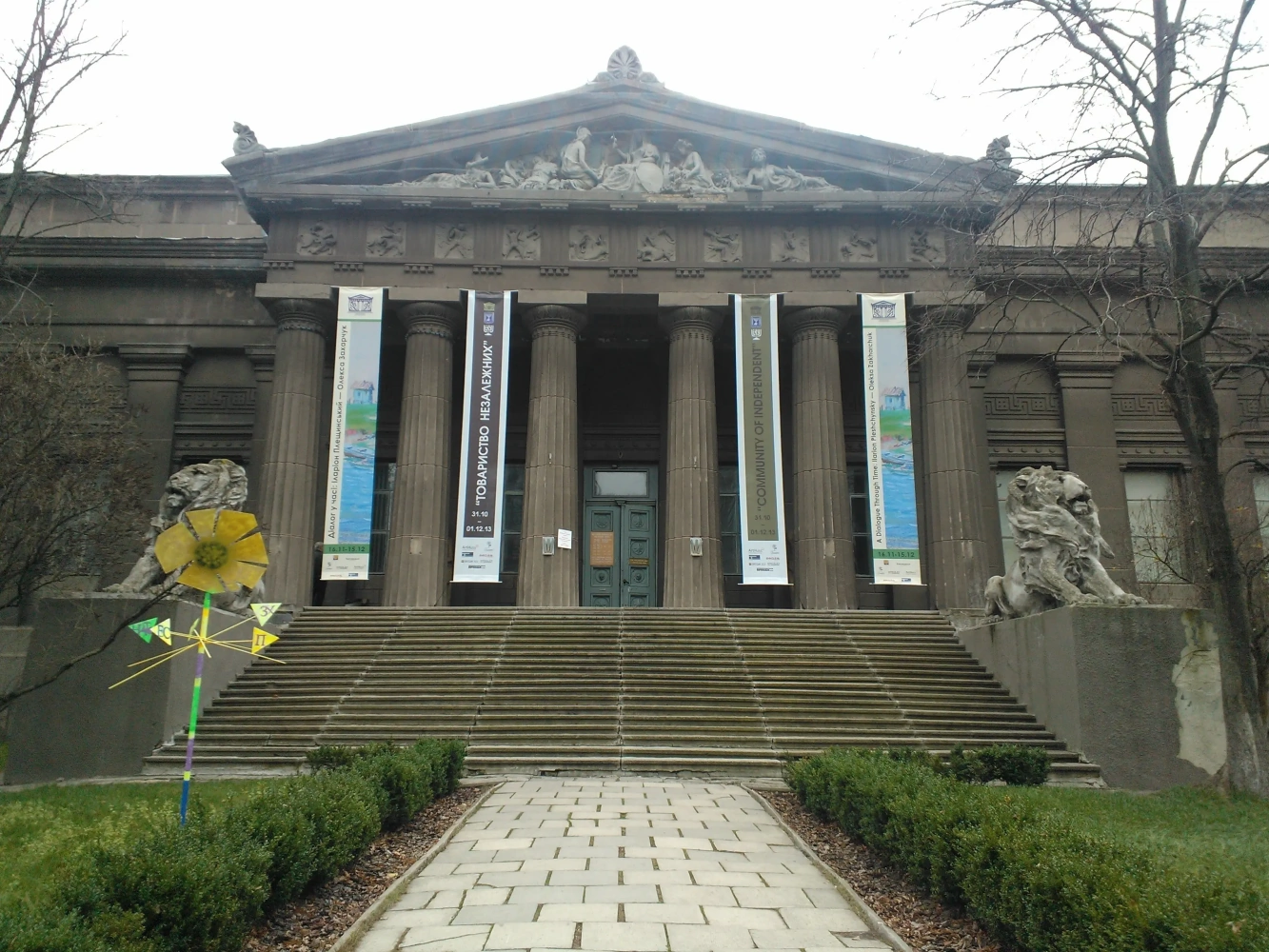
Before the museum got the right to be the leading museum of the country and to represent the artistic heritage of the Ukrainian people, it had come a long way.
In 1899, the first public art museum in Kyiv, the City Museum of Antiquities and Arts, opened at the Kyiv Society of Antiquities and Art Lovers. The Neoclassicist building of the museum was erected by the famous Kyiv architect Władysław Horodecki in 1897—1899. The museum kept collections of Ukrainian painting, sculpture and graphics, as well as historical and archaeological monuments.
In 1904, the official opening and consecration of the museum took place, it became known as the Emperor Nikolai Alexandrovich Kyiv Art, Industrial and Scientific Museum. With the advent of Soviet regime, the museum has repeatedly changed not only its name, but also the profile of its collection. In 1919 the museum was nationalized and named the 1st State Museum, in 1924 — the Taras Shevchenko All-Ukrainian Historical Museum, in 1939 — the State Museum of Ukrainian Art. In 1942, the museum was merged with the collection of the Russian Museum and was called the State Museum of Eastern European Art. The museum received its modern name in 1994, after the proclamation of Ukraine’s independence.
A significant contribution to the formation and development of the museum was made by its first leaders, outstanding Ukrainian scientists, art historians, archaeologists, ethnographers. One of them was the first director of the museum, M. Bilyashivsky, who collected an extensive collection of Ukrainian antiquities, folk art and archaeology in cooperation with D. Shcherbakivsky and V. Khvoika. Another outstanding person who took part in the formation and development of the museum was F. Ernst. He organized unique exhibitions of Ukrainian art in the museum: "Ukrainian Portrait of the 17—20th Centuries" (1925) and "Ukrainian Painting of the 17—20th Centuries" (1929). In the early 1920s, he corresponded with the Moscow Museum Fund in order to transfer works by Ukrainian artists to Kyiv. Thanks to his efforts, the collection of the museum was replenished with works by D. Levitzky, A. Rokachevsky, A. Mokritsky and others.
These outstanding people and subsequent generations of art connoisseurs helped the museum’s collection of today represent the largest collection of works of Ukrainian art.
The museum houses one of the country’s best collections of icon painting from the Left Bank and the Dnieper Ukraine. The section opens with a polychrome wooden relief, St. George with His Life, a Byzantine icon of the 12th century, and the Protection of the Mother of God icon of the late 12th — early 13th century from Galicia — the earliest known icon of the Intercession. The Middle Ages are vividly characterized by The Miracle of George over the Dragon icon of the 14th century and The Virgin Hodegetria of Volyn of the 15th century — the most lyrical and tragic image of the Holy Virgin in ancient Ukrainian icon painting.
In 1899, the first public art museum in Kyiv, the City Museum of Antiquities and Arts, opened at the Kyiv Society of Antiquities and Art Lovers. The Neoclassicist building of the museum was erected by the famous Kyiv architect Władysław Horodecki in 1897—1899. The museum kept collections of Ukrainian painting, sculpture and graphics, as well as historical and archaeological monuments.
In 1904, the official opening and consecration of the museum took place, it became known as the Emperor Nikolai Alexandrovich Kyiv Art, Industrial and Scientific Museum. With the advent of Soviet regime, the museum has repeatedly changed not only its name, but also the profile of its collection. In 1919 the museum was nationalized and named the 1st State Museum, in 1924 — the Taras Shevchenko All-Ukrainian Historical Museum, in 1939 — the State Museum of Ukrainian Art. In 1942, the museum was merged with the collection of the Russian Museum and was called the State Museum of Eastern European Art. The museum received its modern name in 1994, after the proclamation of Ukraine’s independence.
A significant contribution to the formation and development of the museum was made by its first leaders, outstanding Ukrainian scientists, art historians, archaeologists, ethnographers. One of them was the first director of the museum, M. Bilyashivsky, who collected an extensive collection of Ukrainian antiquities, folk art and archaeology in cooperation with D. Shcherbakivsky and V. Khvoika. Another outstanding person who took part in the formation and development of the museum was F. Ernst. He organized unique exhibitions of Ukrainian art in the museum: "Ukrainian Portrait of the 17—20th Centuries" (1925) and "Ukrainian Painting of the 17—20th Centuries" (1929). In the early 1920s, he corresponded with the Moscow Museum Fund in order to transfer works by Ukrainian artists to Kyiv. Thanks to his efforts, the collection of the museum was replenished with works by D. Levitzky, A. Rokachevsky, A. Mokritsky and others.
These outstanding people and subsequent generations of art connoisseurs helped the museum’s collection of today represent the largest collection of works of Ukrainian art.
The museum houses one of the country’s best collections of icon painting from the Left Bank and the Dnieper Ukraine. The section opens with a polychrome wooden relief, St. George with His Life, a Byzantine icon of the 12th century, and the Protection of the Mother of God icon of the late 12th — early 13th century from Galicia — the earliest known icon of the Intercession. The Middle Ages are vividly characterized by The Miracle of George over the Dragon icon of the 14th century and The Virgin Hodegetria of Volyn of the 15th century — the most lyrical and tragic image of the Holy Virgin in ancient Ukrainian icon painting.
The museum contains an excellent collection of Baroque art from the Left Bank Ukraine (late 17—18th centuries). Here you can see exquisite Baroque
icons, such as The Intercession with B. Khmelnytsky, as well as pair icons including the Great Martyrs Anastasia and Juliana, Barbara and Catherine, icons of the Lavra studio from the Assumption Cathedral iconostasis.
Volyn Virgin
XIV century, 48×85 cm
Barbara and Catherine
XVIII century, 70×114 cm
The highest achievement of Baroque icon painting is icons from the Berezna iconostasis (Chernihiv region), the author of which was a master of the decorative ornamentation art. This period is complemented by a collection of polychrome sculpture and portrait samples of the 18th century, the first secular genre in Ukrainian art. Attention is also drawn to the interesting collection of folk paintings, Cossack Mamay, a very popular subject in the 18th and 19th centuries.
Deesis
XVIII century, 185×276 cm
Art of the late 18th and early 19th century is represented by works of the outstanding portrait painters D. Levitzky and V. Borovikovsky, whose oeuvres brought glory to both Ukrainian and Russian culture.
Portrait of the Minister of Justice D.P. Troshchinsky
1819, 100×83 cm
The further development of Ukrainian painting in the first half of the 19th century is seen in the paintings by academicist artists: classical portraits by A. Mokritsky, A. Rokachevsky, H. Vasko, landscapes by V. Sternberg, V. Orlovsky.
Painting by artists of the second half of the 19th century is variedly presented in the museum. A small collection of paintings and graphic works by T. Shevchenko, the founder of critical realism , testifies to his outstanding artistic talent in all genres. His Self-Portrait and a series of etchings for the Picturesque Ukraine album are very interesting.
Painting by artists of the second half of the 19th century is variedly presented in the museum. A small collection of paintings and graphic works by T. Shevchenko, the founder of critical realism , testifies to his outstanding artistic talent in all genres. His Self-Portrait and a series of etchings for the Picturesque Ukraine album are very interesting.
Self-portrait
1860
An important place in the museum collection is occupied by the work of S. Vasilkovsky — his lyrical landscapes, genre and historical paintings on his favourite Cossack theme impress viewers with the artist’s many-faceted talent. His most famous Cossack Levada painting is one of the centrepieces of the museum’s collection.
Cossack Levada
1893
The monographic collection of works by M. Pimonenko tells us about the Itinerants in Ukraine, demonstrating the democratic tendencies in Ukrainian painting.
Idyll
1908, 195×140 cm
Considerable interest is arisen by the works of artists from the Odesa school of painting, headed by K. Kostandi, the founder of the Association of South Russian Artists.
In people
1885, 80×62 cm
In 1875, the Kyiv Drawing School, founded by M. Murashko, was opened, which became a major art centre. In the exposition of the museum, you can see the works by the pupils of this school — the outstanding Ukrainian painters S. Kostenko, H. Svitlytsky, H. Diadchenko, I. Selezniov, K. Kryzhytsky.
Musicians
1912
The museum collection of the early 20th century is opened by wonderful works by O. Murashko, whose work has become a bright page in Ukrainian art. Here are the paintings of his early period, executed in an academic manner and the Parisian series, already painted under the influence of Impressionism (Portrait of a Girl in a Red Hat).
Portrait of a girl in a red hat
1903, 80×65 cm
The brilliant period in the development of Ukrainian painting in the 1910—1930s is associated with the name of F. Krychevsky. His portraits, painted widely and confidently, his genre paintings, captivate with their strong pictorial temperament and rich colour (Self-Portrait, Bride).
Bride
1910, 210×292 cm
Very interesting is the most complete Ukrainian collection of works by the landscape
painter A. Manevich, who became a world famous artist after the triumphal exhibition in Paris in 1913.
Spring on Kurenevka
1913, 100×110 cm
The outstanding achievements of the Ukrainian avant-garde
include the works by the world famous sculptor O. Arkhypenko, outstanding painters and graphic artists A. Ekster, O. Bohomazov, V. Yermilov and A. Petrytsky.
Bridge. Sèvres
1914
The collection of art of the following decades of the 20th century represents a variety of trends in Ukrainian art — from socialist realism
to postmodernism. This section of the exposition is clearly represented by the works of O. Shovkunenko, T. Yablonska, M. Glushchenko, S. Shyshko, S. Grigoriev, K. Trokhymenko.
Kyiv expanse
1964
The rich collection gathered in the museum allows one to get acquainted with the achievements of Ukrainian artists. Each visitor will surely receive an aesthetic pleasure and a great and vivid impression of acquaintance with the museum and the treasures of Ukrainian culture.







